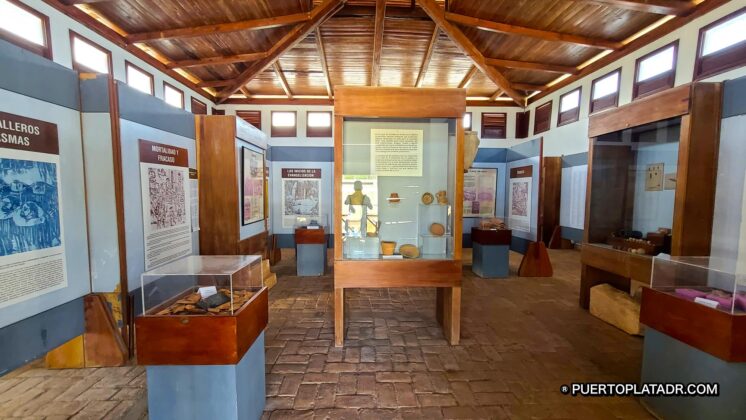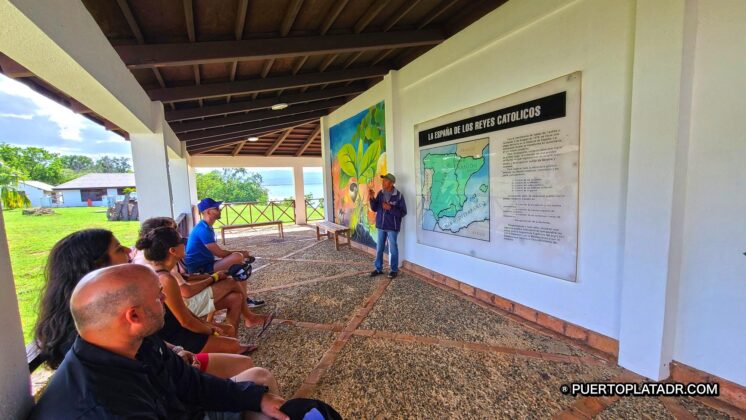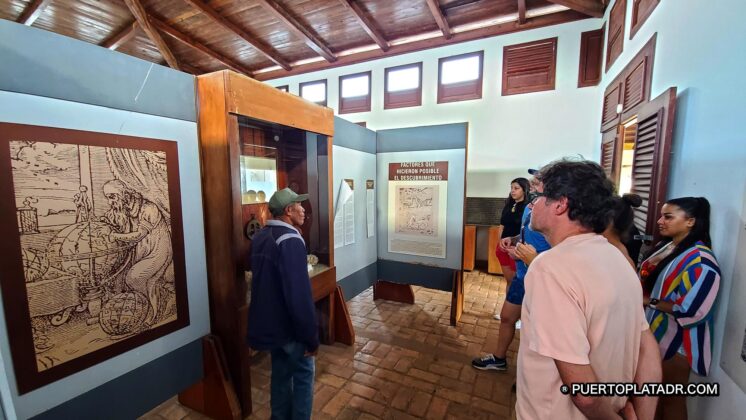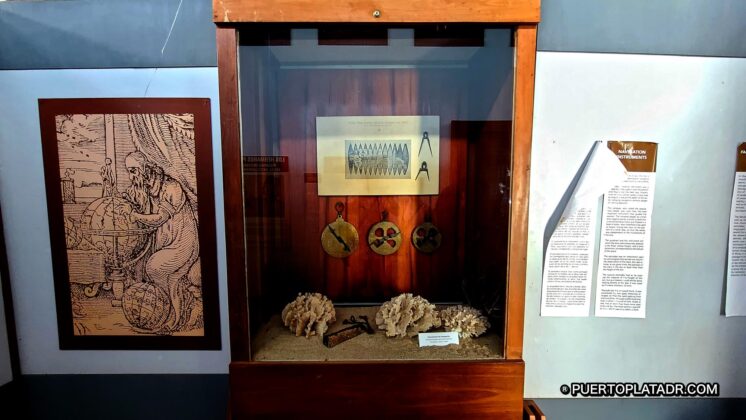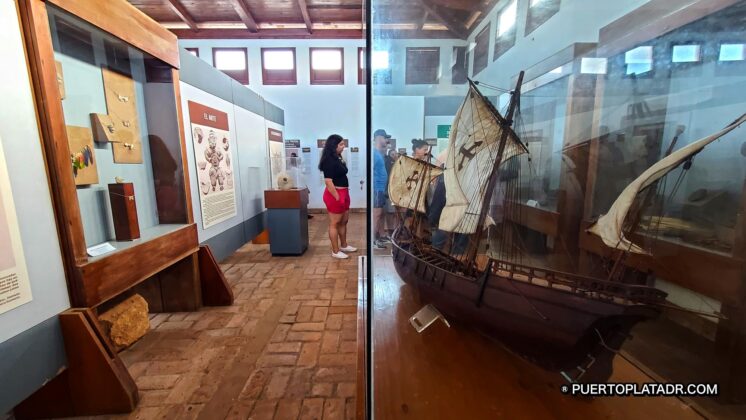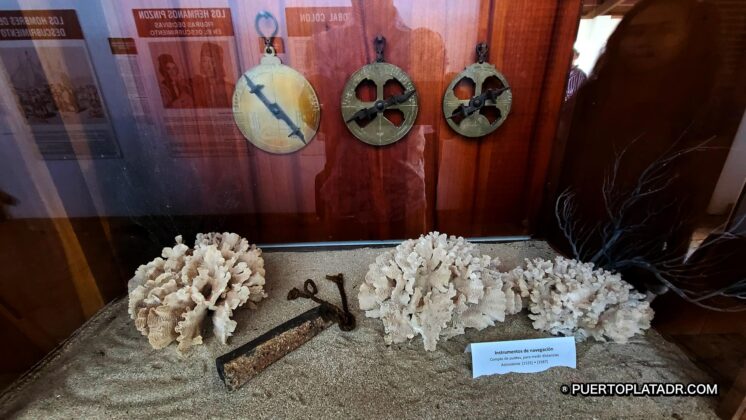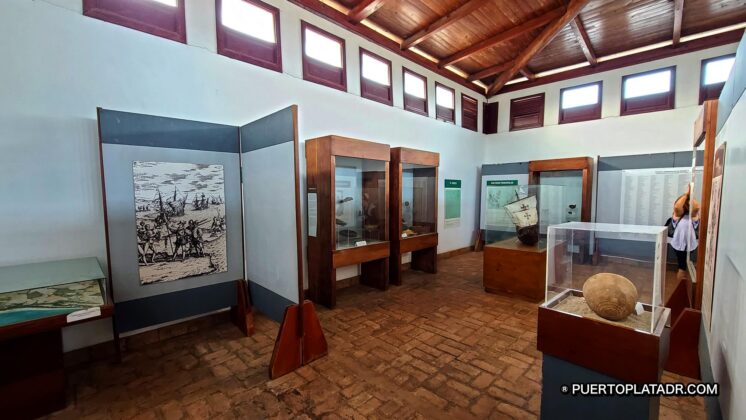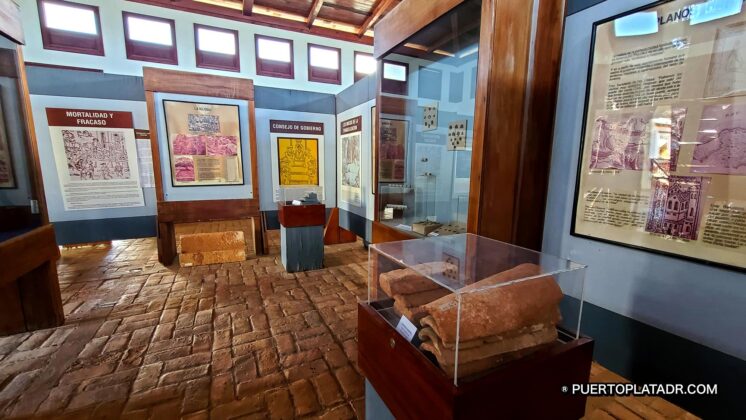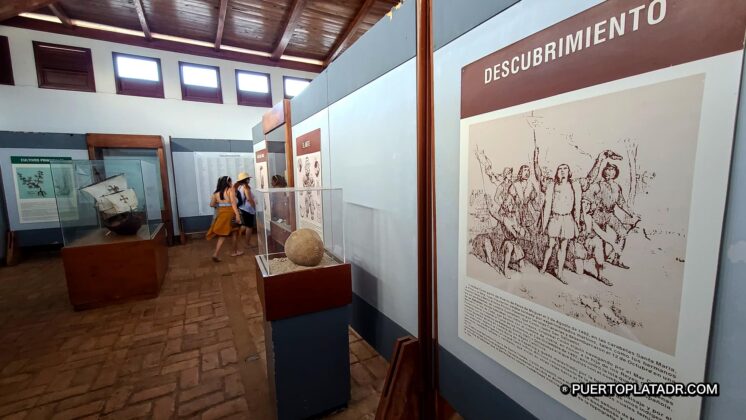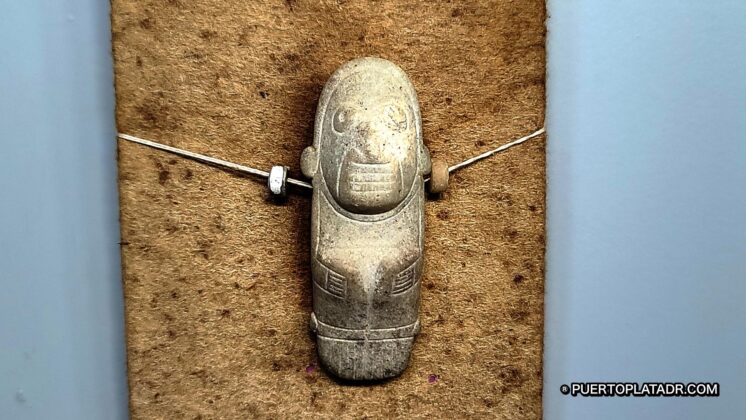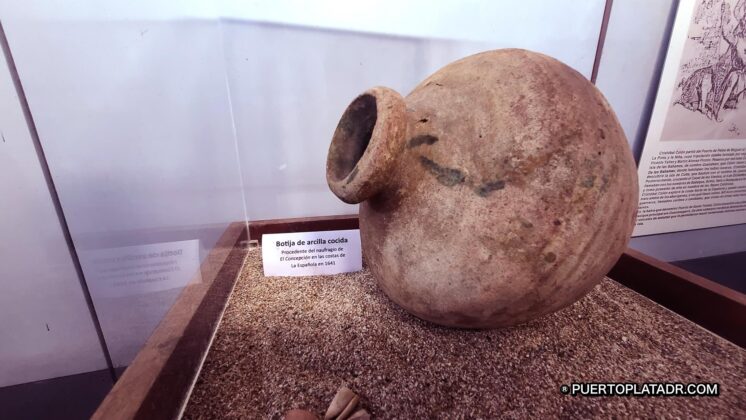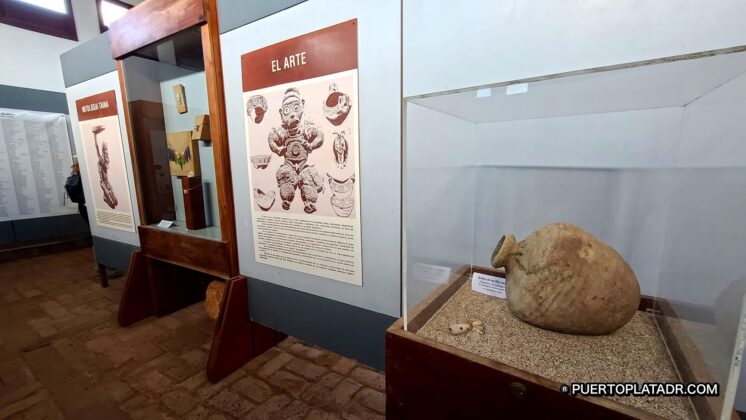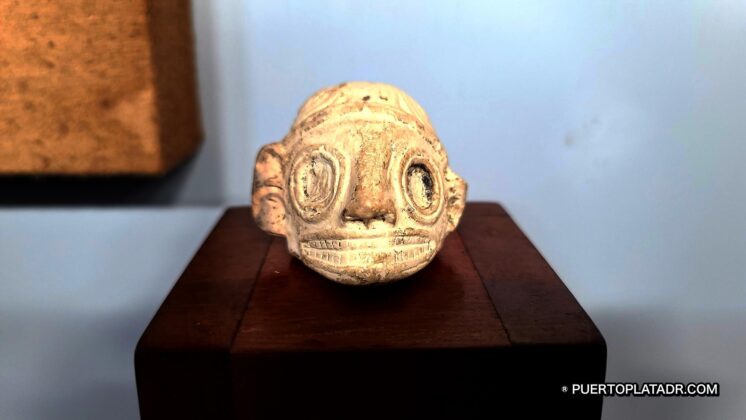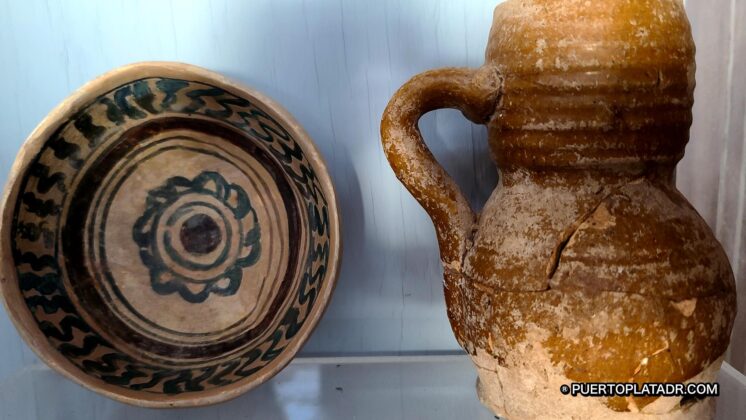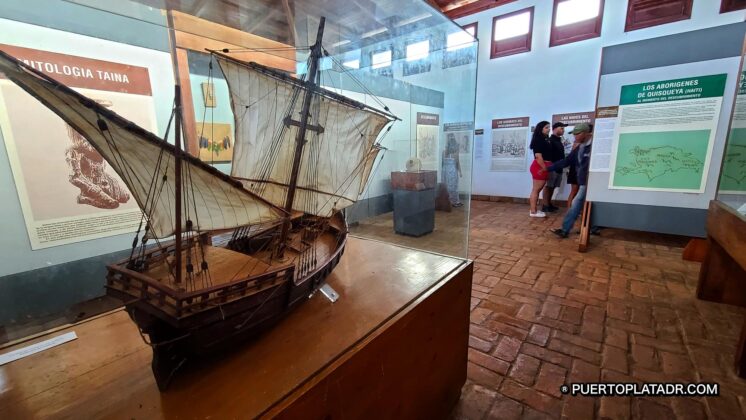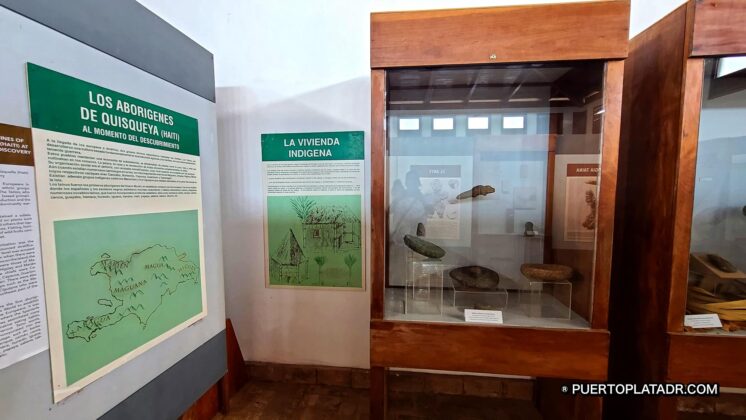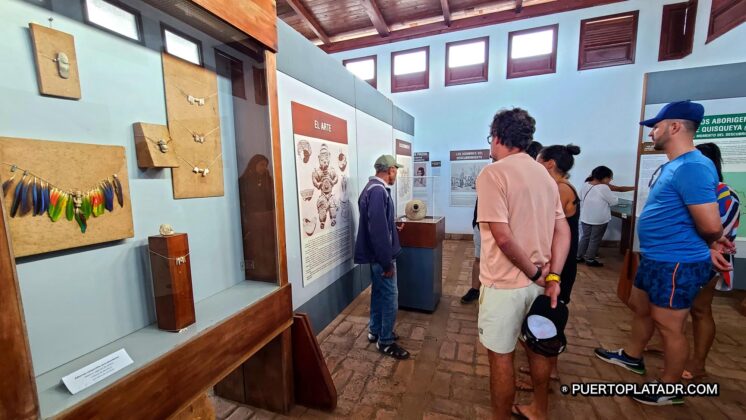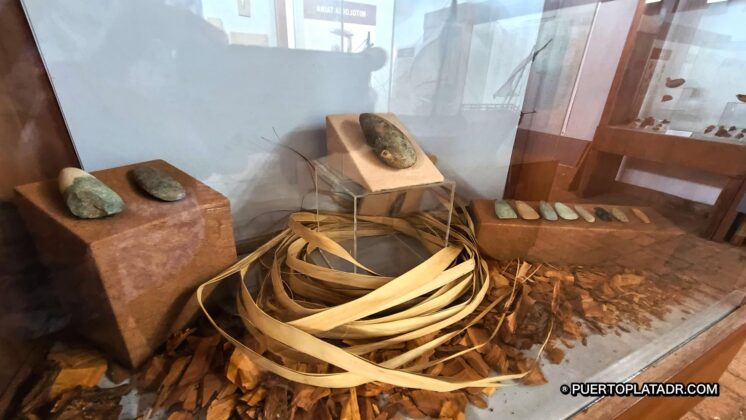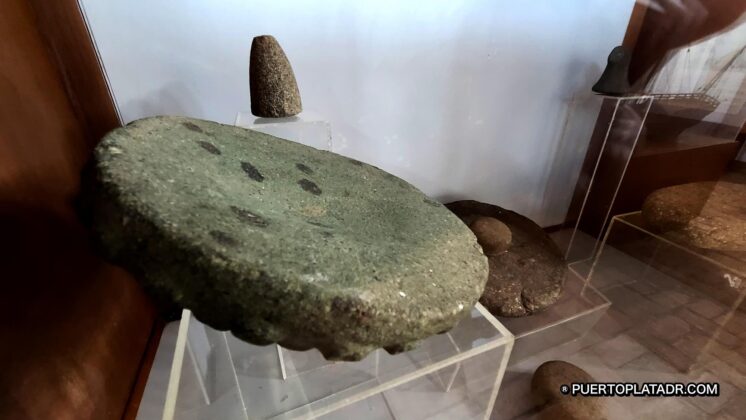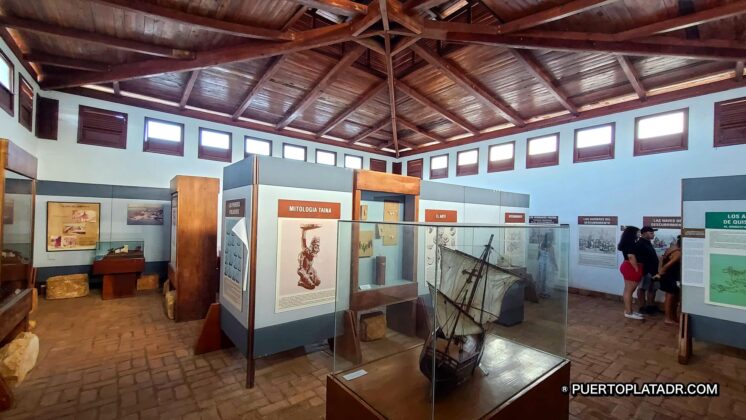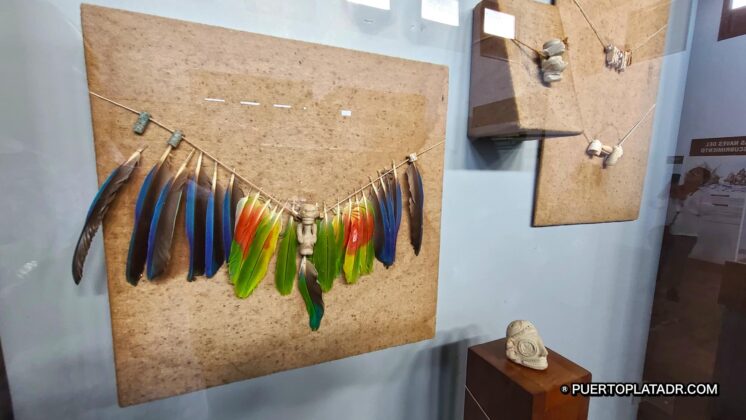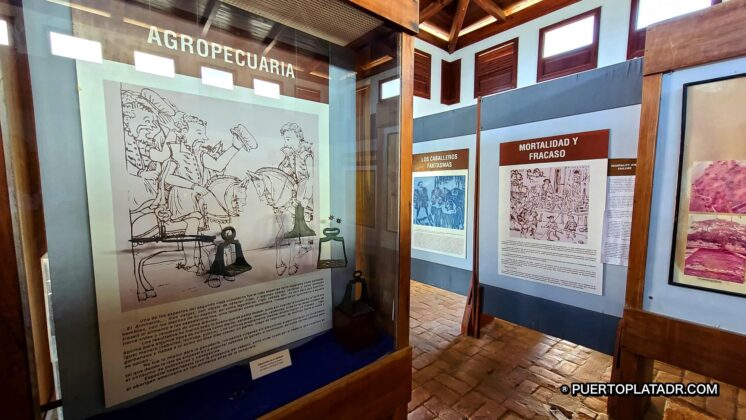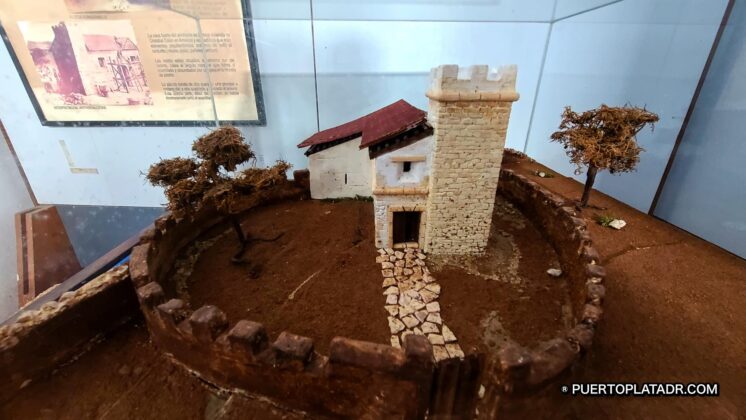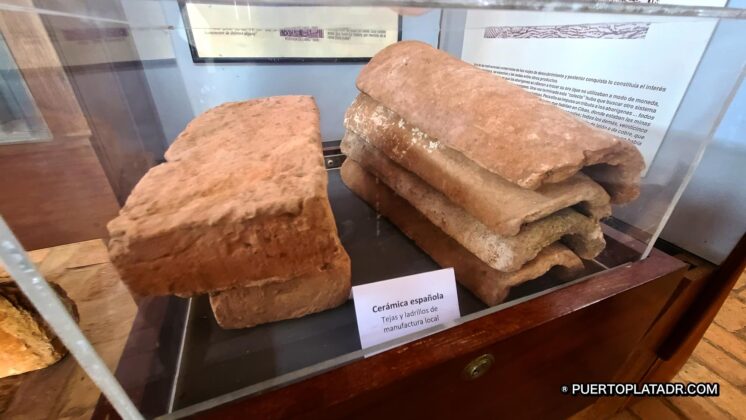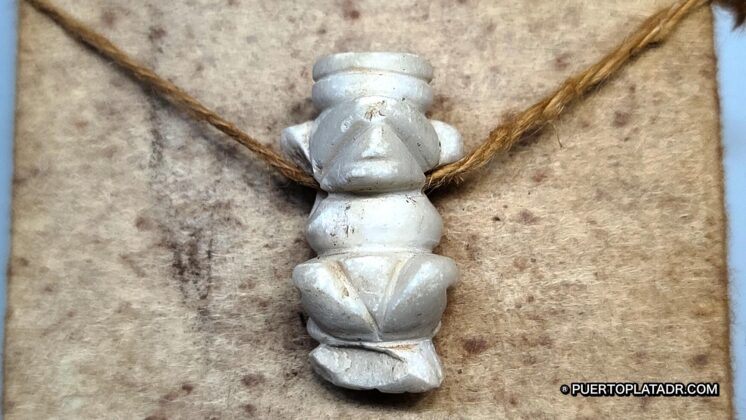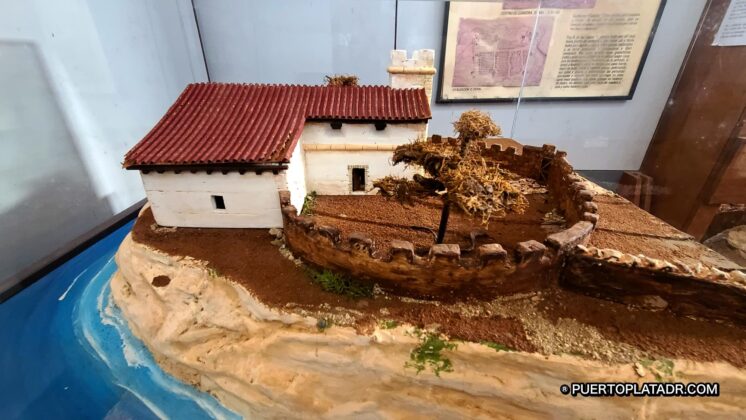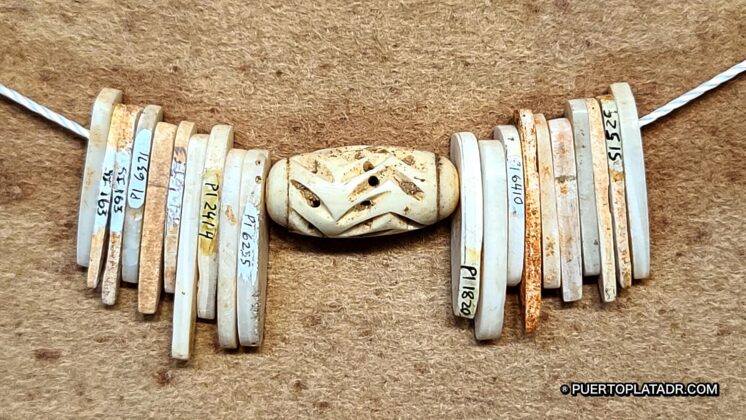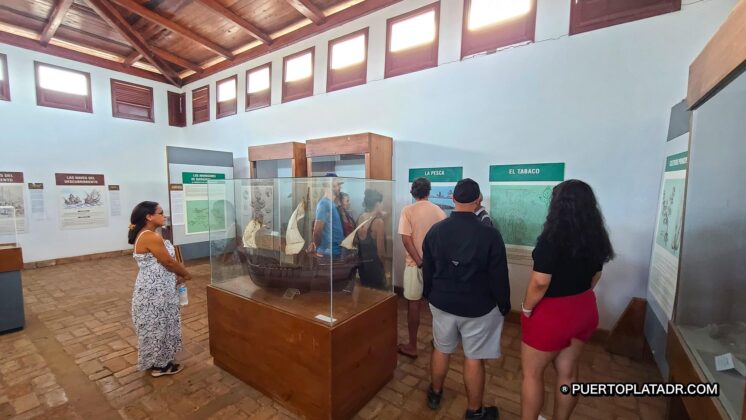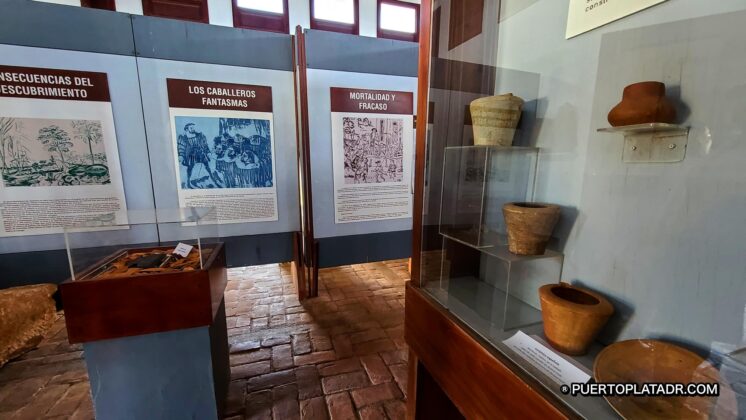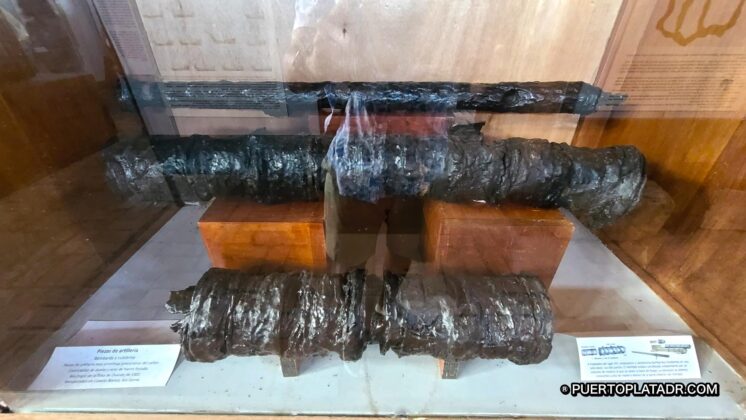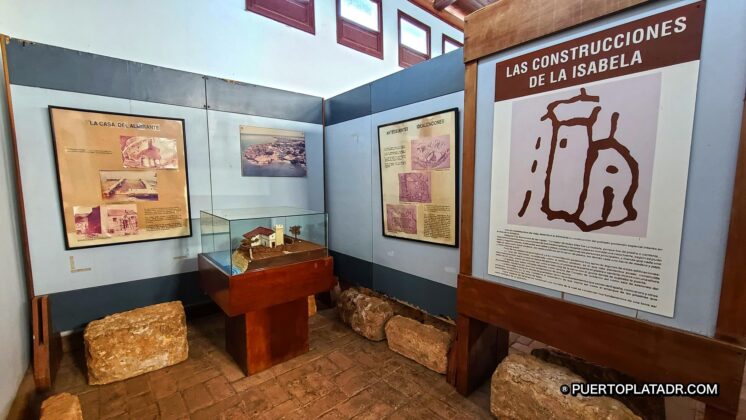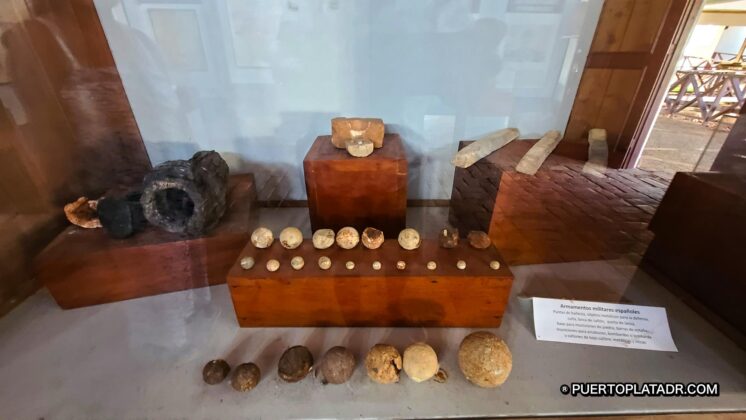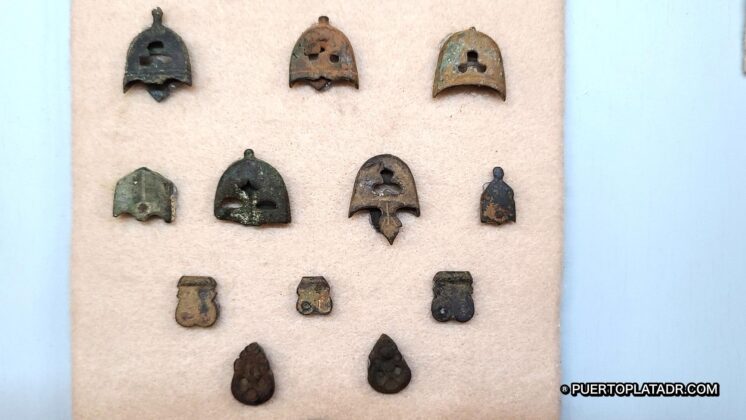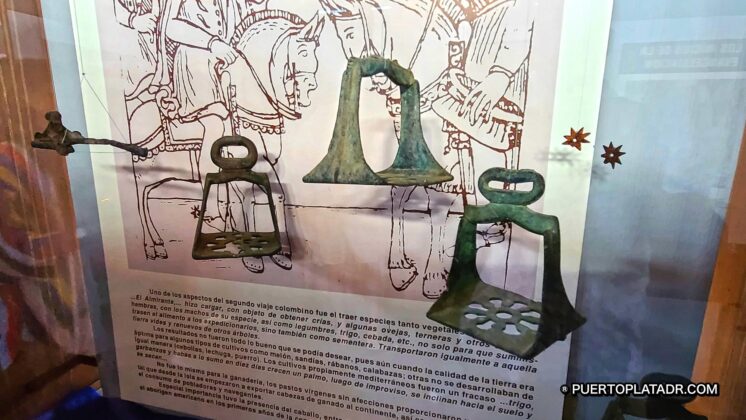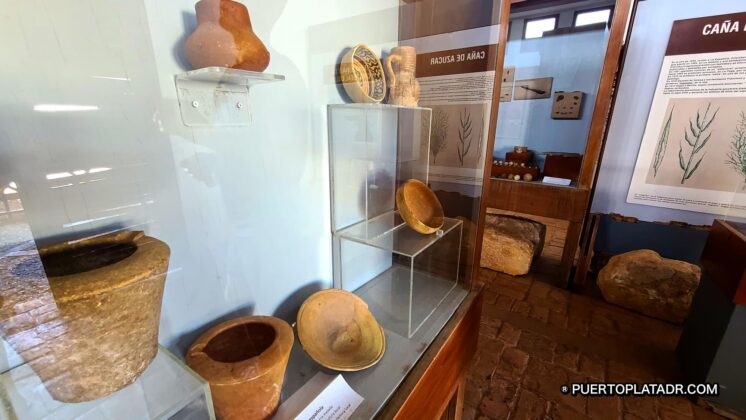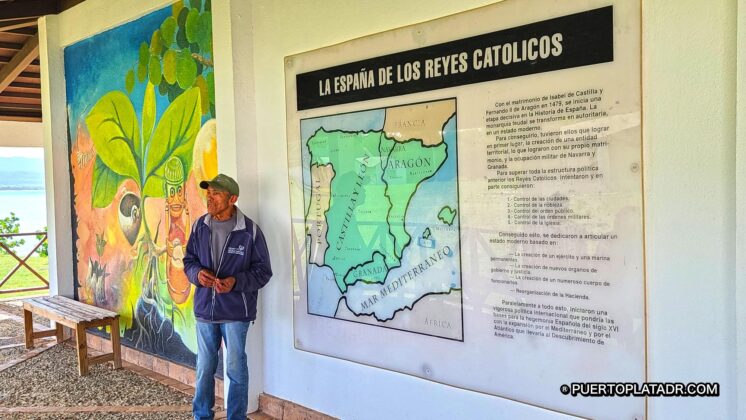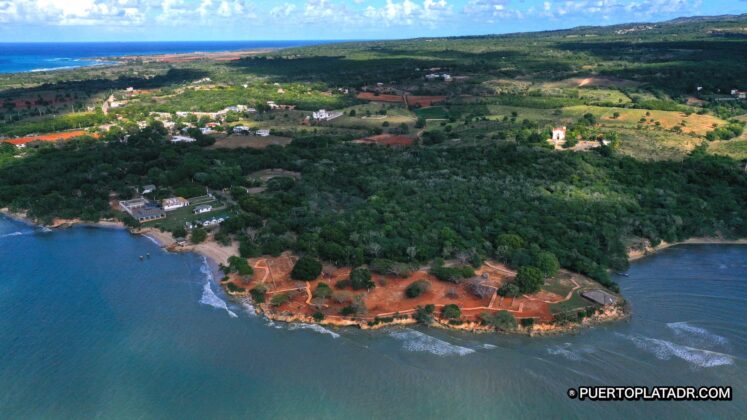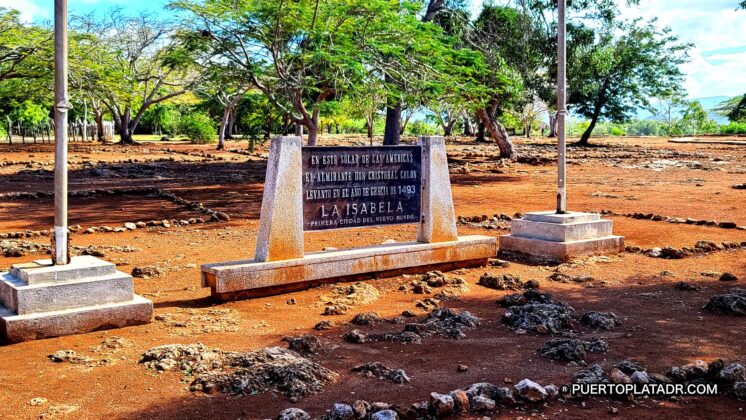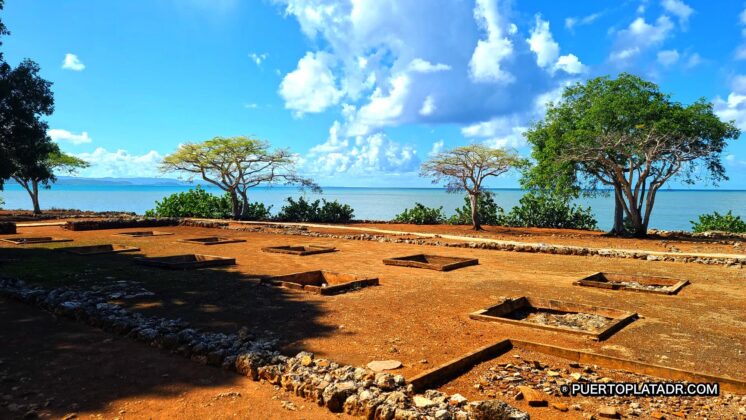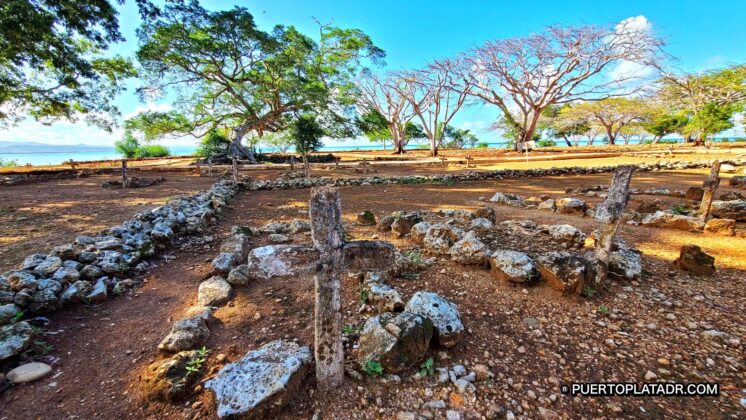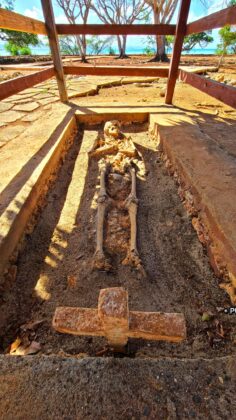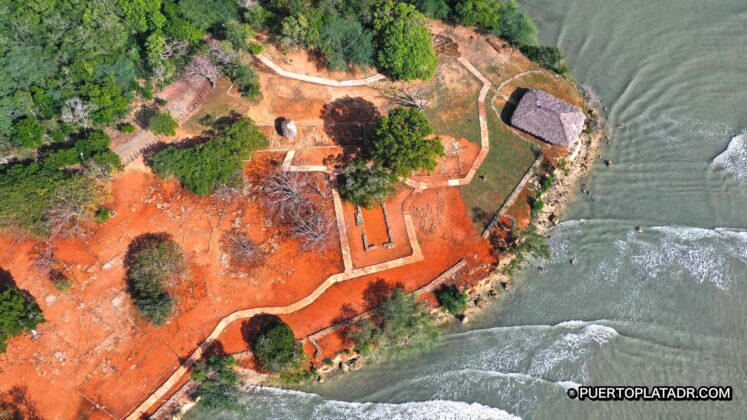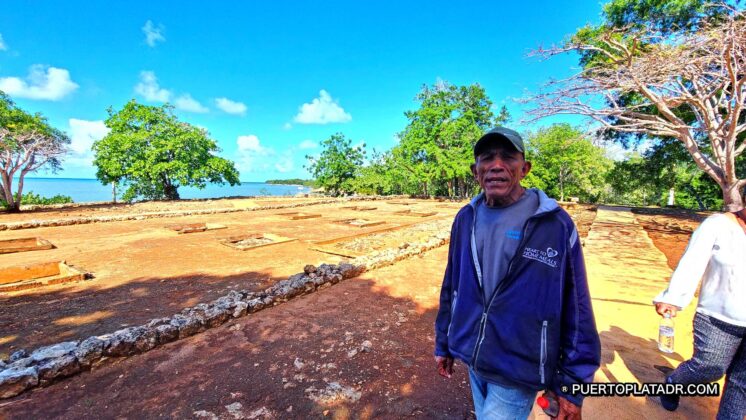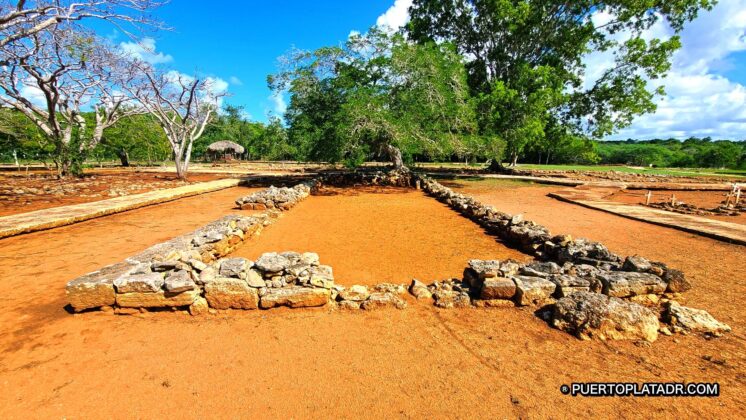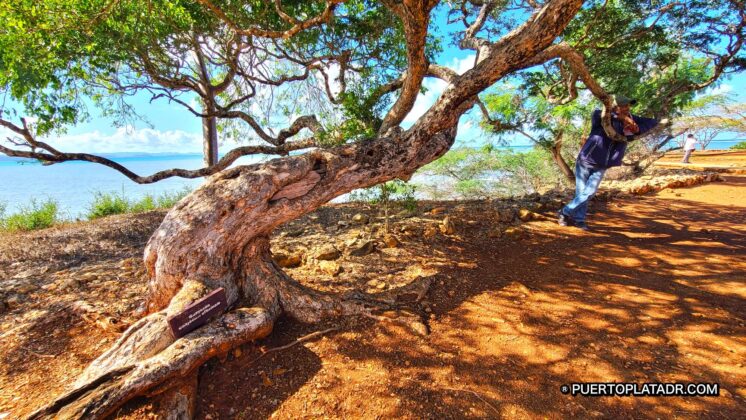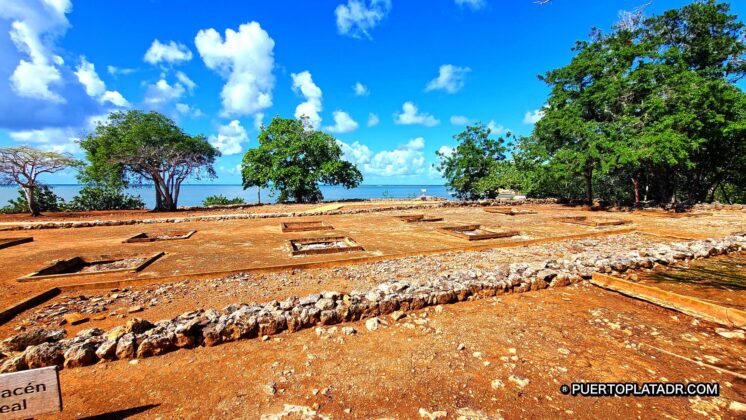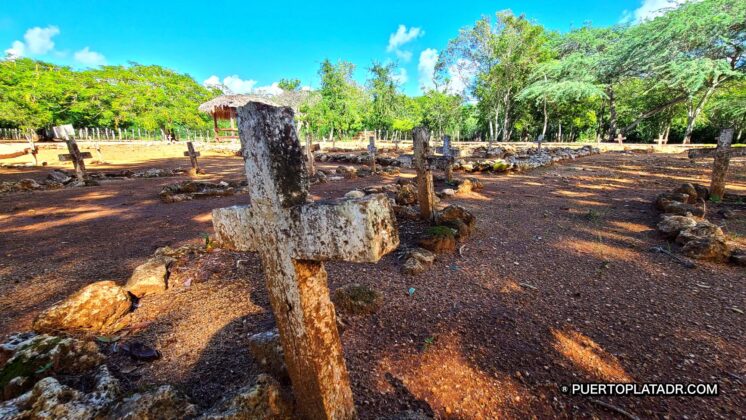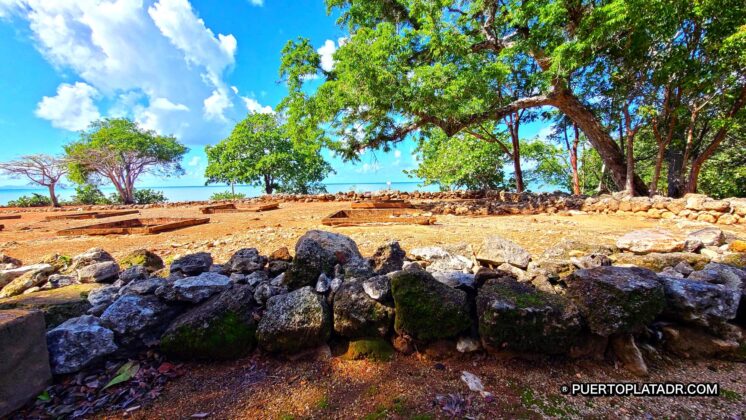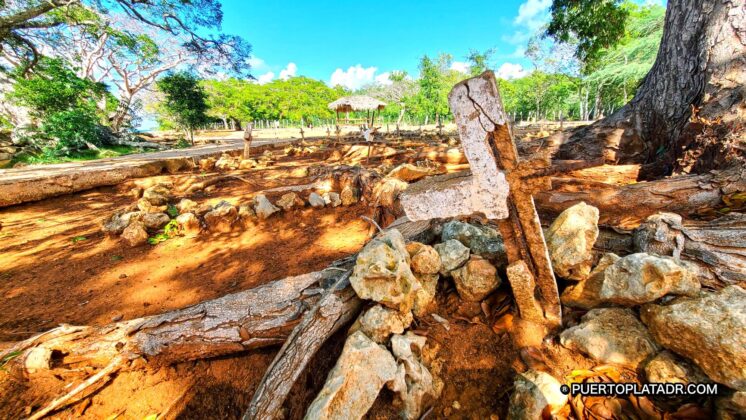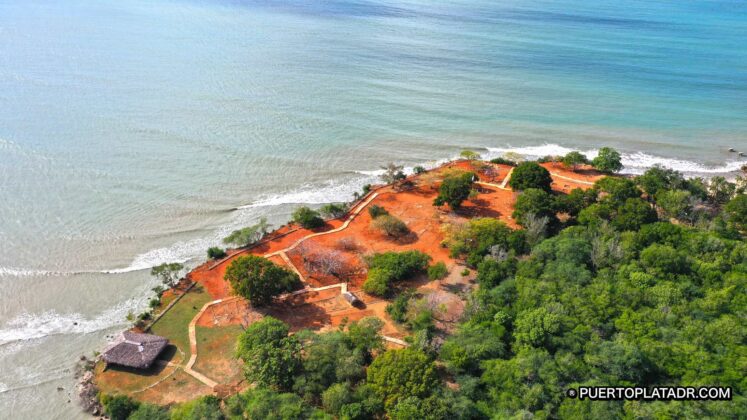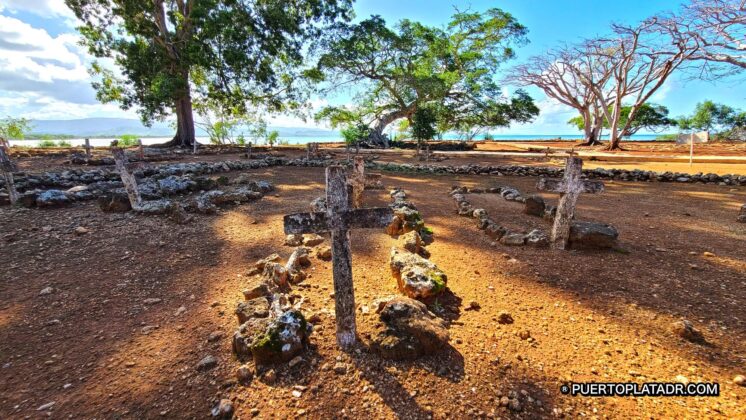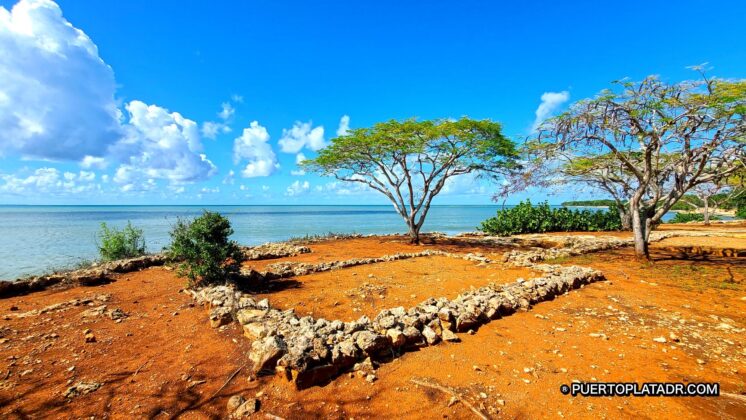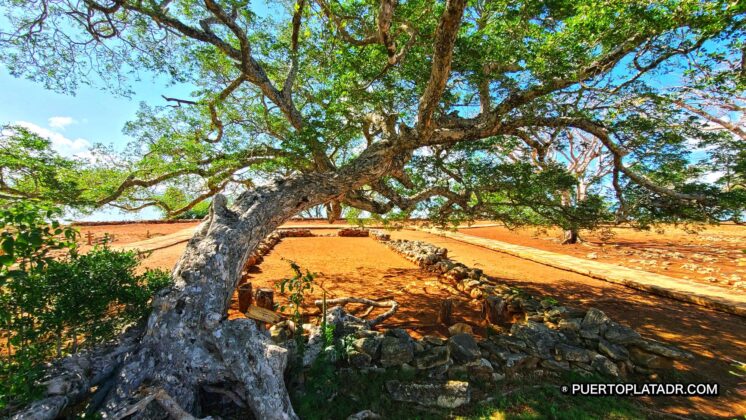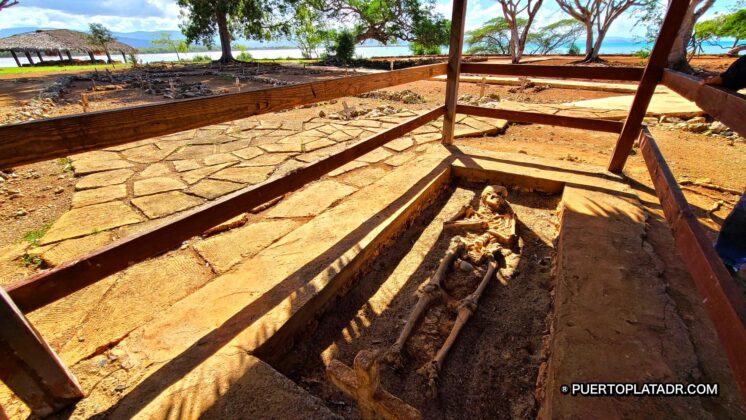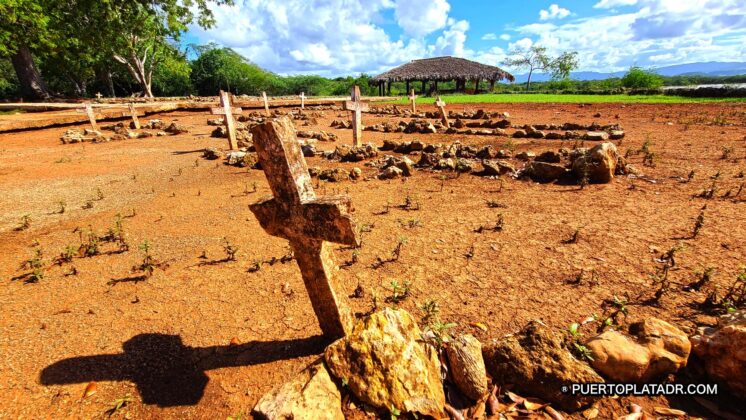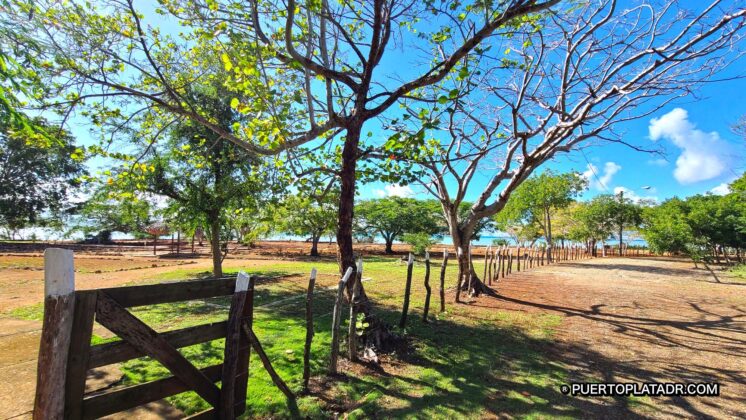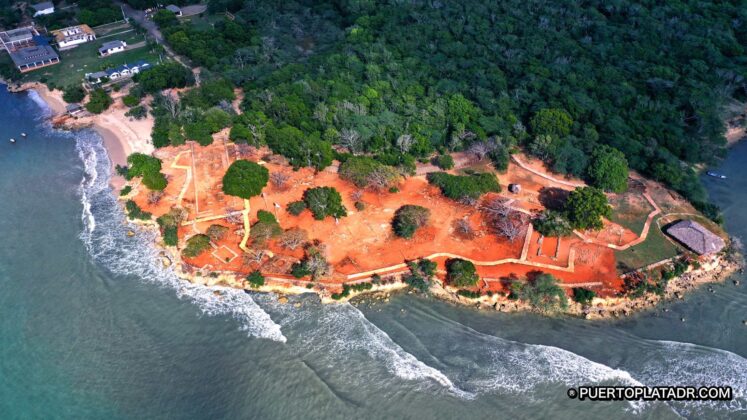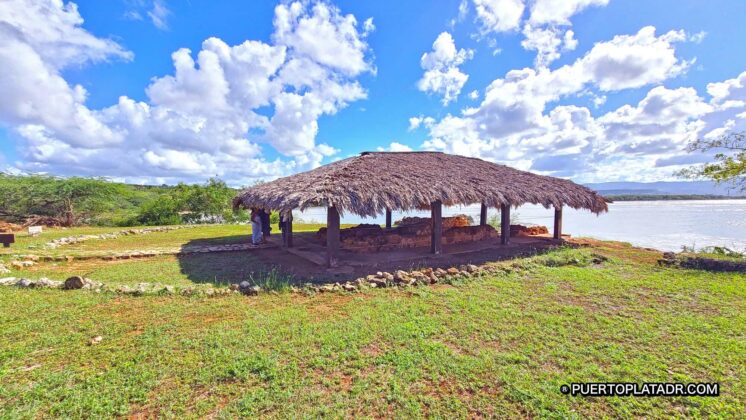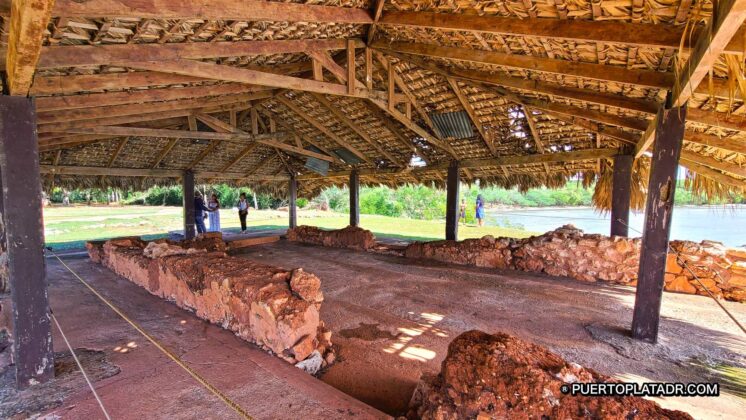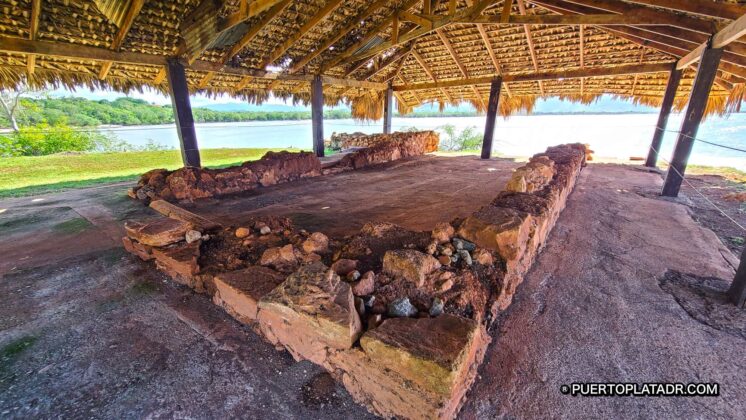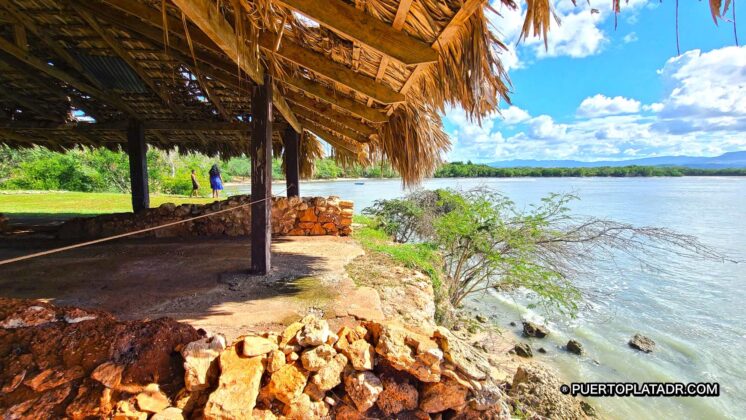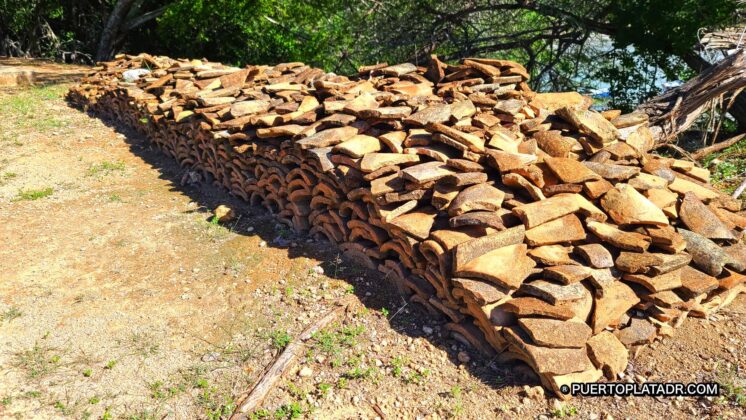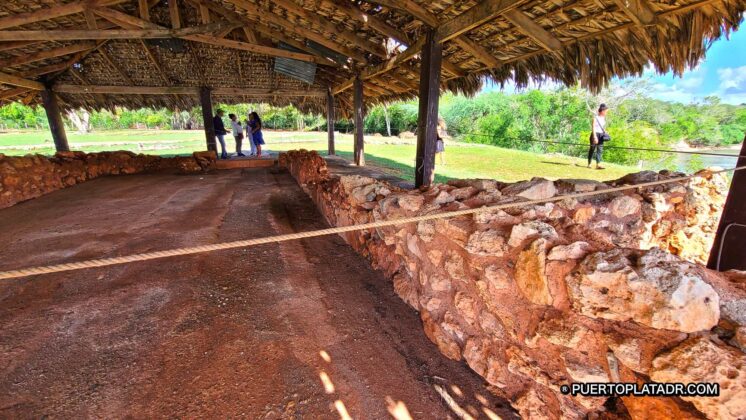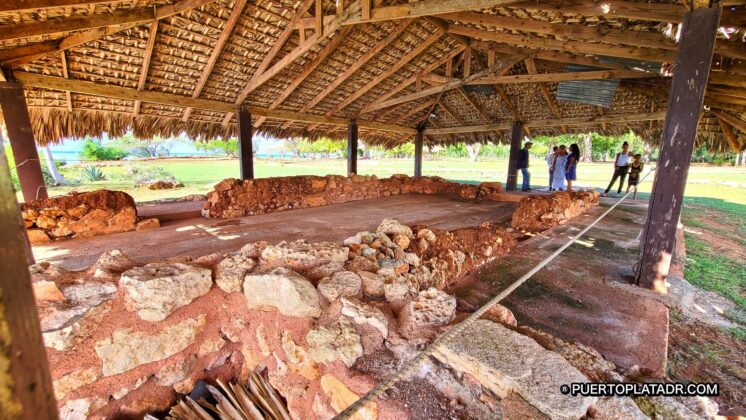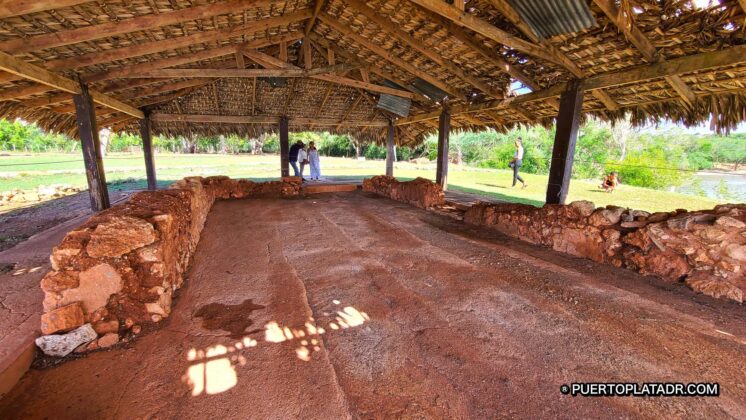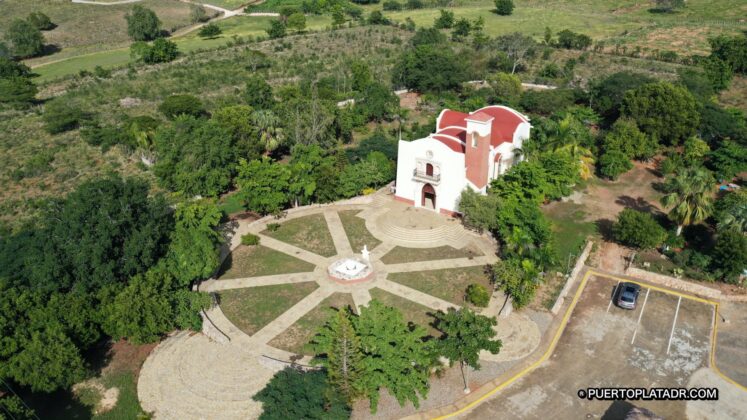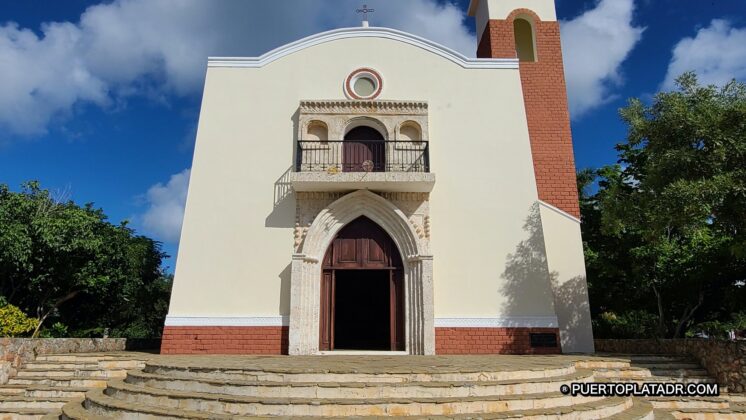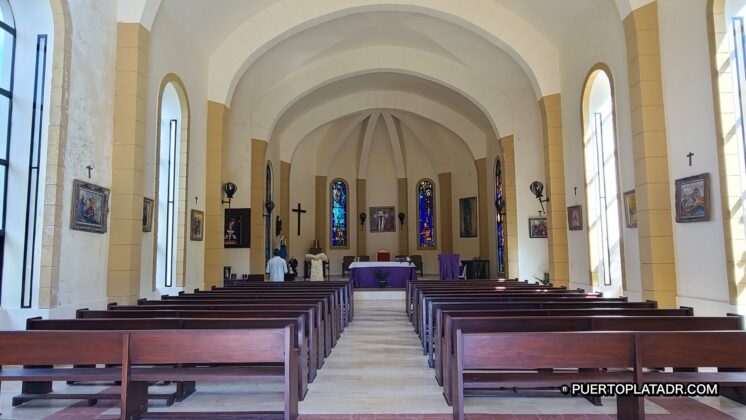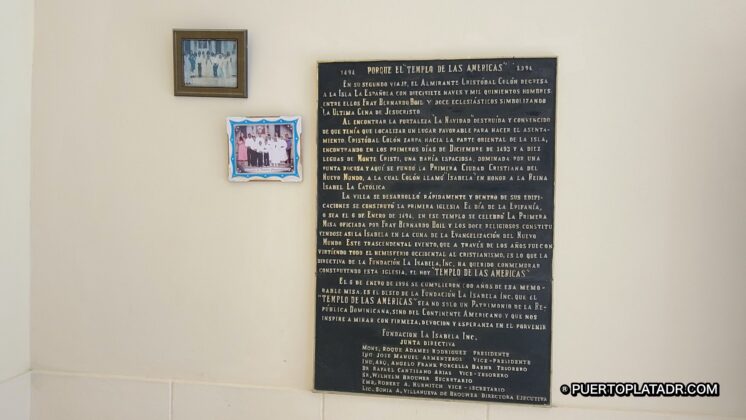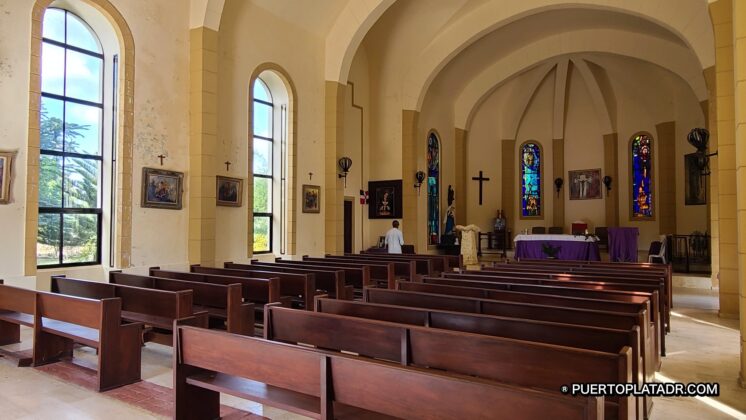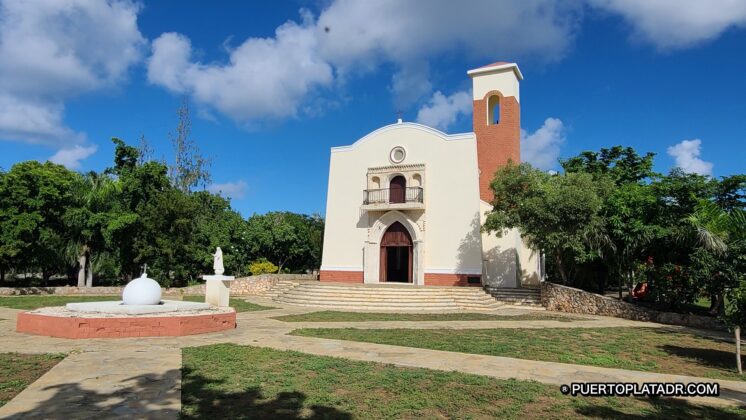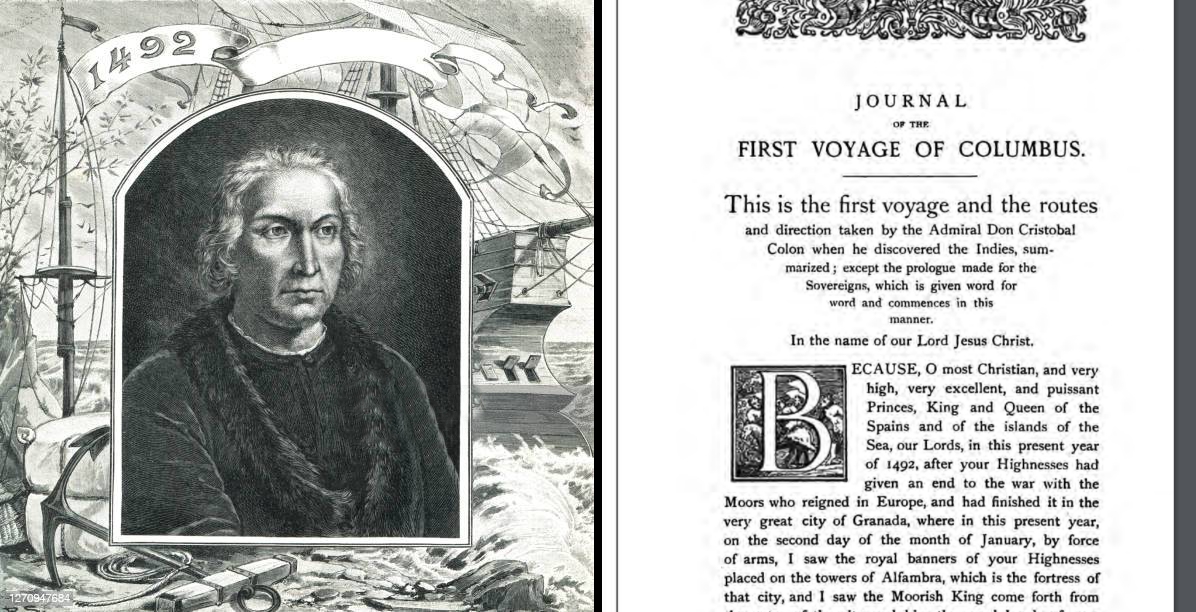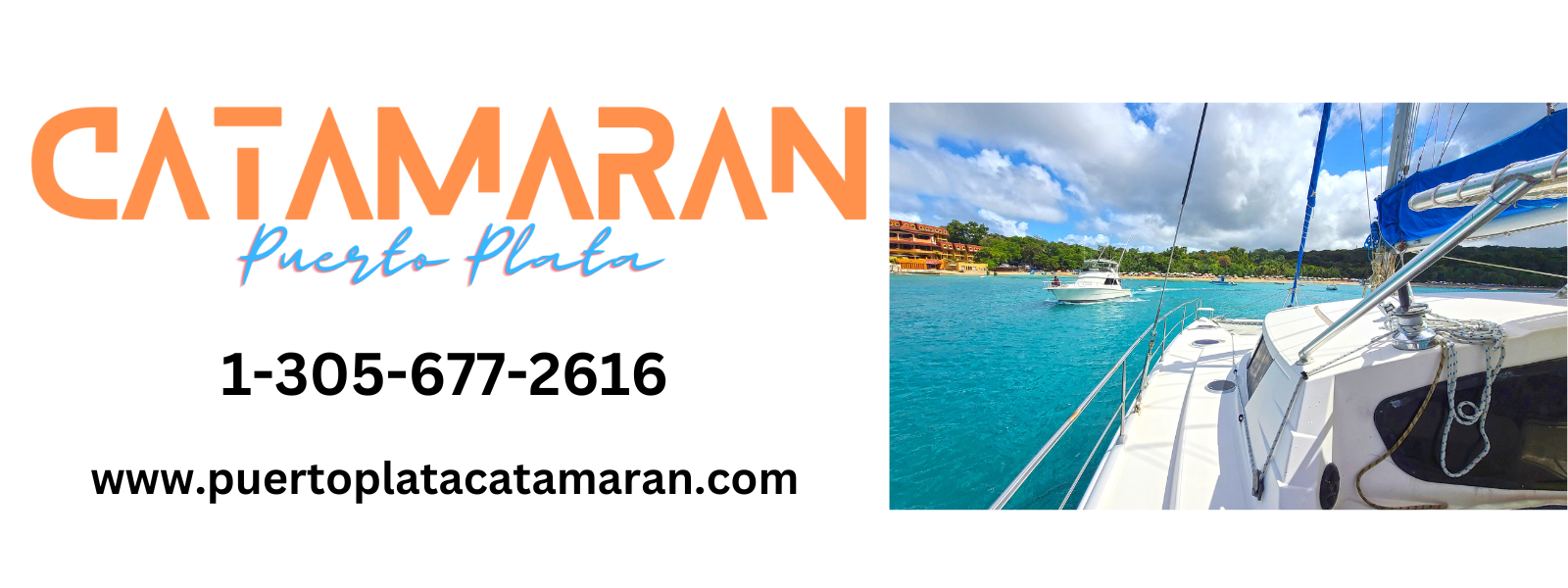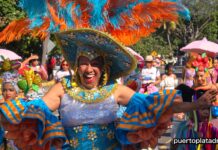La Isabela is the first Spanish Settlement in the Americas, founded by Christopher Columbus on December 5th, 1493 in what now is the province of Puerto Plata in the Dominican Republic. This historical and archaeological place has very high significance as it houses the remains of the first town founded by Europeans on the American continent.
The Museum in La Isabela
The museum has a permanent exhibit of Taino artifacts, Zemies, and information on their exchanges with the Spaniards. The museum also has historical pieces from the old city, and a scaled down replica of Columbus ship. It is very well presented and the tour guide has a good knowledge of the history.
PHOTO GALLERY: THE MUSEUM
The Historical and Archaeological Site:
Currently, it is a complex made up of three main areas that complement each other: Archaeological core, approx. 8 hectares (81,344m2), of which about 4 hectares can be visited. Both historical sources and archaeological investigations agree that the main town functioned as a military settlement and was surrounded by a wall built for protection.
Inside there were five stone buildings distributed in an extension of approx. of 2 hectares: the Admiral’s house, the royal warehouse or corn exchange, the powder keg, the church and the watchtower.
These structures were originally added to a set of wooden huts with a vegetable roof (similar to the Taino huts) whose traces are no longer visible, and a cemetery with indigenous burials prior to the conquest that was also used for Christian burials from the colonial era.
Following the coastline, about 200 meters southeast of the Admiral’s house, is the cliff that served as a quarry to extract the rock used in the constructions.
Christopher Columbus House
The Admiral’s house is found on the West edge of La Isabela, above the cliff and right over the water. The view from Columbus house is beautiful, and his was one of the most elaborate buildings in the first city of the Americas. The Columbus first trip diary is a good read that clearly explains what the Spaniards went through and how they found these new lands and worked their way to taking over the Taino lands and its people.
About 2 km. From the military settlement, on the west bank of the Bajabonico River, was the civilian settlement, an area also occupied by the Spanish and apparently used for agricultural and livestock activities. Some pottery kilns used for the manufacture of tiles and bricks were found in the surroundings.
Park facilities, similar in size to the archaeological site. They are made up of 26 buildings of various sizes that house the administrative, exhibition and recreation facilities of the park, today in the process of renovation as of this writing (December 2022).
Additional protected area, approx. 44 hectares, which surrounds the aforementioned areas. Several Hispanic (Laguna Grande and Dieguito) and indigenous (in Loma Candelón, Las Paredes, La Landra and Laguna Playa) settlements have been identified there, some of the latter dating from times prior to Spanish colonization.
The Temple of the Americas
The first mass of the New World was celebrated in the Las Américas Temple, officiated by Fray Bernardo Boyl, in the company of 12 priests, on January 6, 1494 when Christopher Columbus and the Spanish fleet already had control of the land North of the island.
Archaeological evidence also indicates that the area of La Isabela was inhabited by at least two different aboriginal groups (Taíno and Macorix) who shared territory with the Spanish during the 4 years that the town was inhabited.
In addition to these archaeological finds, the entire area is of environmental interest thanks to its natural landscapes with valleys and cliffs, the various species of mangroves that inhabit the mouths of the Unijica and Bajabonico rivers, and its characteristic coral reef coastline.
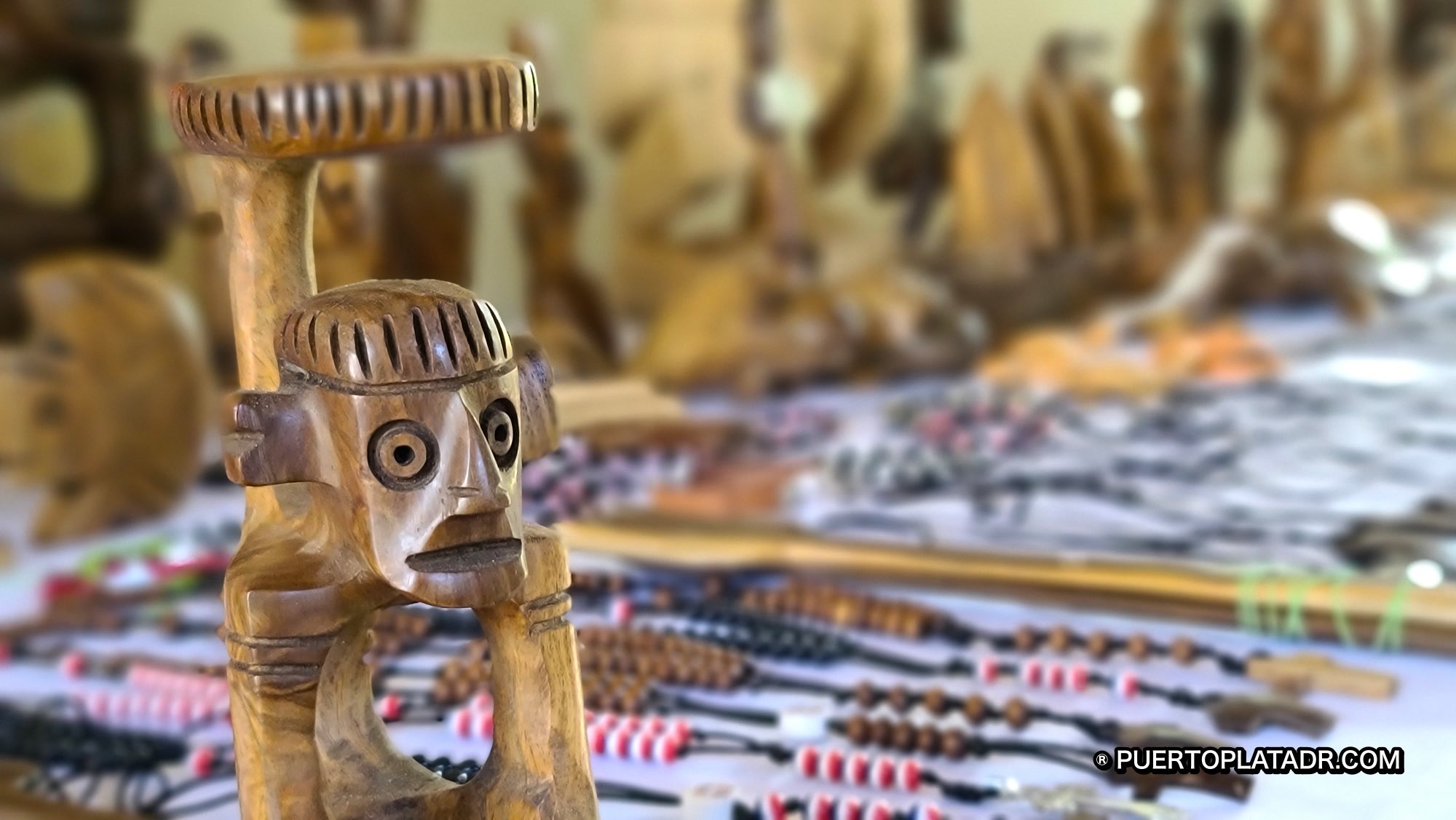
How To Get There:
We drove 1 hour from Puerto Plata, taking the road to Luperon. La Isabela National Historical and Archaeological Park is located in the municipality of Luperón, Puerto Plata province, on the north coast of the Dominican Republic. Landmark attraction Fricolandia is located 10 minutes away from this attraction, also the Luperon Marina.
The main archaeological site is located on a coral platform some 3-5 meters above the Atlantic Ocean in a small inlet of the Bay of La Isabela, near the mouth of the Bajabonico River and the town of El Castillo.
The site opens from 9:00am to 5:00pm
Coordinates: 19°53’16.72” North, 71°4’48.90″ West
Columbus first trip diary


